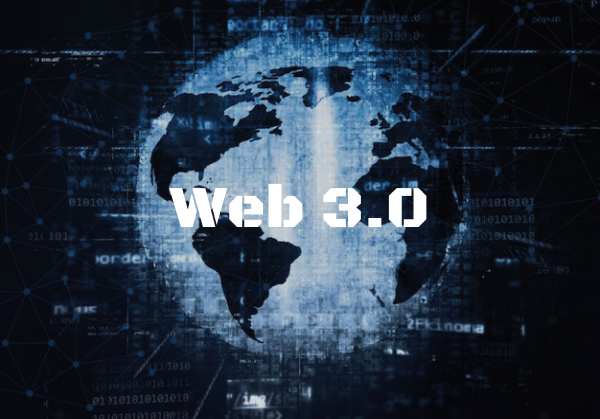Introduction: The internet is undergoing a transformative evolution, moving beyond Web 2.0 into the era of Web 3.0. In
this blog, we’ll dive deep into the concept of Web 3.0, exploring its core principles, technological underpinnings, and
the profound impact it promises to have on the way we interact with the digital world.
-
- Understanding Web 3.0:
-
- Beyond Centralization: Explore the shift from the centralized
architecture of Web 2.0 to the decentralized nature of Web 3.0, empowering users with
greater control over their data and online experiences. - Blockchain Technology: Delve into the role of blockchain as the
backbone of Web 3.0, enabling trustless transactions, transparency, and security in a
peer-to-peer network.
- Beyond Centralization: Explore the shift from the centralized
-
- Tokenomics and Decentralized Finance (DeFi):
-
- Token Economy: Examine the emergence of tokenomics and its role in
incentivizing participation, rewarding users for contributing to decentralized
platforms. - DeFi Revolution: Explore the disruptive potential of decentralized
finance, discussing how blockchain technology is reshaping traditional financial systems
through smart contracts, lending, and decentralized exchanges.
- Token Economy: Examine the emergence of tokenomics and its role in
-
- Interoperability and the Metaverse:
-
- Interconnected Ecosystems: Discuss the importance of interoperability
in Web 3.0, enabling seamless communication and collaboration between decentralized
applications (DApps). - The Metaverse Unleashed: Explore the concept of the metaverse within
the context of Web 3.0, envisioning a digital space where users can interact, create,
and transact in a decentralized environment.
- Interconnected Ecosystems: Discuss the importance of interoperability
-
- Self-Sovereign Identity and Privacy:
-
- User Empowerment: Explore how Web 3.0 enables users to have greater
control over their digital identities and personal data, reducing reliance on
centralized entities. - Privacy by Design: Discuss the integration of privacy-centric
technologies, such as zero-knowledge proofs, in Web 3.0 applications to ensure user data
remains secure.
- User Empowerment: Explore how Web 3.0 enables users to have greater
-
- Challenges and Opportunities:
-
- Scalability and User Experience: Address the current challenges facing
Web 3.0, including scalability issues and the ongoing efforts to improve the user
experience. - Regulatory Landscape: Explore the evolving regulatory environment
surrounding decentralized technologies and how it may shape the future of Web 3.0.
- Scalability and User Experience: Address the current challenges facing
-
- Web 3.0 in Action: Real-World Use Cases:
-
- Decentralized Social Media: Showcase how decentralized social platforms
are redefining online social interactions, emphasizing user control and censorship
resistance. - NFTs and Digital Ownership: Discuss the rise of non-fungible tokens
(NFTs) and their impact on digital ownership, art, and intellectual property.
- Decentralized Social Media: Showcase how decentralized social platforms
-
- The Future Landscape:
-
- Emerging Technologies: Explore upcoming technologies that could further
enhance the capabilities of Web 3.0, such as decentralized autonomous organizations
(DAOs) and augmented reality integrations. - Global Impact: Conclude with a reflection on the potential global
impact of Web 3.0, considering how it might reshape industries, economies, and societies
on a large scale.
- Emerging Technologies: Explore upcoming technologies that could further
-
- Understanding Web 3.0:




